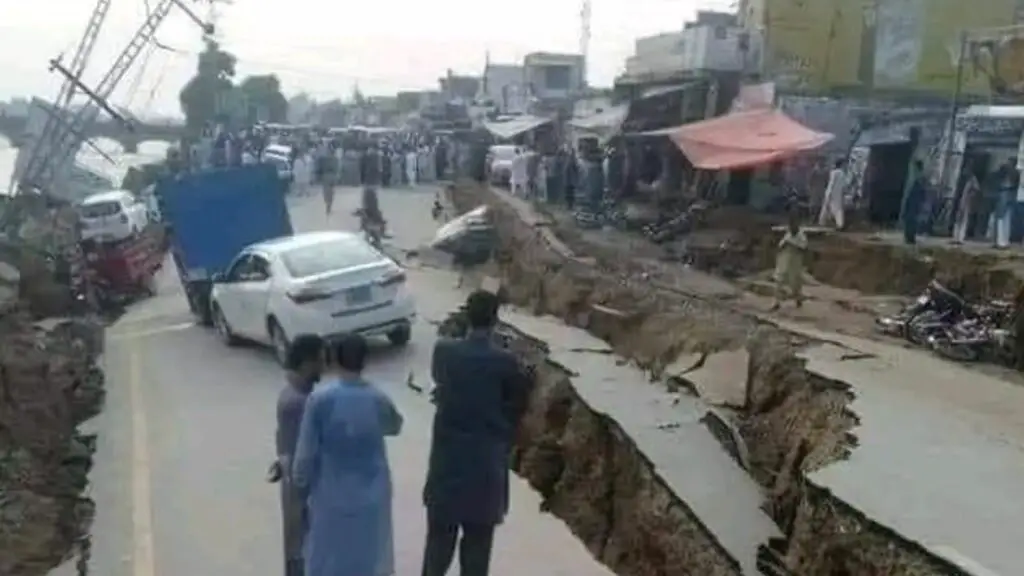Around 900 people were killed in disastrous earthquake in Afghanistan
Last night, a violent earthquake with a magnitude of 5.9 struck eastern Afghanistan, forcing homes made of mud-brick and cinder block to fall over sleeping people, adding a new emergency to a country that has already undergone much pain.
It was stated by the Taliban’s official news agency that over 920 people had been murdered and over 600 others were injured. Mawlavi Sharfuddin Muslim, deputy state minister for disaster management, was quoted. Due to the widespread nature of the earthquake’s destruction, rapid verification of that figure was impossible.
Bakhtar News Agency released a video shot by an unidentified individual who swung his iPhone around to see homes crumpled in the early light, providing a sense of the scope of the disaster.
“I’m doing this video to show that all people here are under the building,” he says. “Under that house, five people. This house, six people.” He turns to another pile of rubble: “And in this house, 13 dead bodies still under,” he says. Swinging his camera further up the hill, he says, “All the village completely is destroyed.”
The news agency released a photo showing men digging a little, blanket-covered body out of the wreckage with the help of a flashlight that looked to be held between the teeth. Men were seen resting on gurneys amidst the wreckage in a subsequent video.
Afghan officials despatched seven helicopters and a medical team to assist in the rescue attempt, with the most impacted regions being isolated farming settlements in the eastern provinces of Paktika and Khost.
Officials from the Taliban have expressed their sympathies and urged their fellow Afghans to support one other. Red Crescent Society of Afghanistan tweeted that it was sending help to the impacted districts.
According to Samantha Mort, UNICEF’s chief of communication in Afghanistan, men in nearby, unaffected regions have shown up to donate blood at local medical clinics.
It was also helpful, she continued, because of the United Nations agency: “We’ve got people on the ground who are distributing blankets and and hygiene kits. We’ve got several mobile health and nutrition teams on the way to administer first aid to those who are injured.”
She went on to say that the country was already reeling from a number of problems before the calamity happened. “This is a population that is deeply impoverished, where there is high unemployment, where they are suffering from the worst drought in 37 years. There’s also a chronic malnutrition crisis,” she said. “We’re seeing outbreaks of preventable diseases such as measles and acute watery diarrhea.”
The United Nations has been trying to gather enough money to cover its obligations for this year – which include helping to feed nearly half of Afghanistan’s population of forty million people.
But the Secretary General’s deputy special representative for Afghanistan, Dr. Ramiz Alakbarov, stated on Twitter that they were “assessing the needs” of the victims of the earthquake, adding that a response was on its way.
The quake started barely 10 kilometres (6.2 miles) below the Earth’s surface, according to the U.S. Geological Survey. Shallow depths like that frequently pose a larger danger for damage, because the energy from such quakes doesn’t diminish as much as it goes toward the surface.
The USGS concludes that the earthquake was caused by strike-slip faulting based on the pattern of strong waves that spread outward from the epicentre. The India tectonic plate is now pushing northward into the Eurasia plate, resulting in a huge collision that is the primary cause of earthquakes in the area.
About 300 miles away is where a much bigger earthquake occurred in western Pakistan in 2008, causing landslides and the deaths of 166 people.
